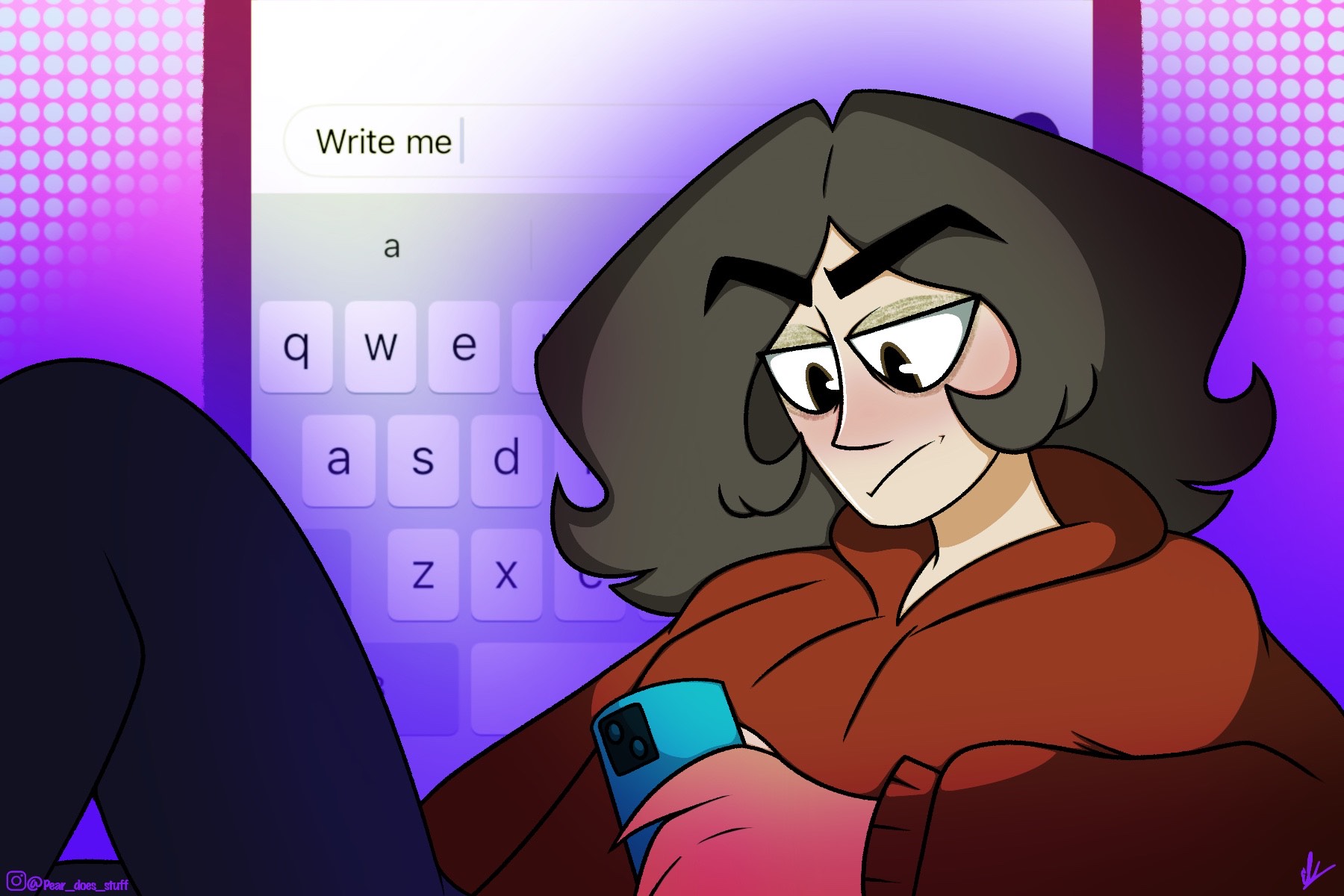As children, people often fantasize about what it would be like to possess super powers. Flying, lifting heavy objects, or writing a report on a book you have never read are a few examples. In 2024 however, the latter is not so uncommon thanks to open artificial intelligence tools like Chat-GPT.
Artificial intelligence is technology that enables computers and machines to simulate human intelligence. Essentially they are machines that “think” like humans. Companies like Open-AI made chat based AI programs easily accessible for the public due to the release of Chat-GPT and similar programs. Writing essays, resumes, and assisting with math related inquiries are just a few functions of the tool.
Students have such easy access to such a powerful tool. This causes some to worry about it being misused.
“I think [AI] is a good thing,” said MCHS Geometry teacher Mikaela Mitsch. “It’s just frustrating as a teacher when students are not responsible enough to know when is an appropriate time to use it, and when it is not.”
According to Stanford University, between 75 and 98 percent of college students each year report having cheated in high school. This number has remained stagnant, even after such advancements in technology. The statistics show that the release of AI does not increase the amount of students who cheat, it just gives them better tools.
“Well, It’s a tool,” said College & Career Counselor Curtis Menke. “Just like any tool, as long as you don’t rely on it to do all the work for you, it’s something that can definitely help. You know, I occasionally use it to help collect my thoughts on things. But again, when you rely on the tool, that’s when it becomes a problem.”
Students who use AI to cheat run the risk of getting caught. Many schools have already implemented programs such as Grammarly to detect generative AI on assignments. Punishments for academic dishonesty can range from failing said assignment or test, a write up, or worse.
“AI could help students learn how to do subjects that they’re struggling with,” said sophomore Irving Lopez Montero. “I know people do use AI to cheat, but I don’t know anyone here who does.”
Every time new technology becomes accessible, people worry about the potential risks that it brings.
“I know kids are not cheating on purpose,” said English honors teacher Marla Currie. “I’m not trying to be naive thinking that kids aren’t trying to cheat their way through with AI. I know, that happens too. I just dealt with it yesterday.”
Overall, the use of AI in schools has pros and cons. Despite the fears many hold, it can be used in a productive and educational way. That being said, it all comes down to the user and their reasons for using the technology. Educating students on the proper way to use AI is a step in the right direction. Hopefully in the future we can work hand in hand with such resources, rather than fight them.


